Compare car hire, Airport parking, tours & attractions & much more…
Enjoy your experience with Enjoytravel.com
We make it easy for you to compare all the major travel companies, the widest selection at the best prices.
Welcome to EnjoyTravel.com
Welcome to EnjoyTravel.com, where we strive to find you the best possible deals to plan the holiday of your dreams. We provide a wide range of travel services, such as car hire, tickets, tours, airport parking, and much more. And with thousands of accommodation choices including hotels, vacation rentals, and villas, EnjoyTravel.com provides you with your own personal holiday creation service.
EnjoyTravel.com takes great satisfaction in providing outstanding customer service and going above and beyond to provide the greatest deals for customers.
Gone are the days of stressful booking, we look forward to helping you find the perfect holiday and Enjoy the whole experience.

Car Hire
No matter the occasion, EnjoyTravel.com offers a large selection of vehicles to choose from. We have a wide choice to fit all needs and interests because we recognise how important it is to have dependable and pleasant transportation while traveling. Whether you're looking for a compact car for a road trip by yourself or a roomy SUV, we’ve got you covered. Along with this, we make it simple for you to take full advantage of your travels thanks to our affordable prices and top-notch customer service.
Choose from well-known brands like Hertz, Avis, Europcar, SIXT, and Enterprise as well as local businesses. You can select from affordable models like the Fiat 500, cozy compacts like the VW Golf, roomy family vehicles like the Nissan Qashqai, or opulent models like the Mercedes E-Class convertible. We offer a variety of options for any destination with the ability to compare and book vehicle rentals in over 17,000 airports, major cities, towns, train stations, resorts, landmarks, and suburbs. Which option will you pick for your upcoming trip?
 Compare car hire
Compare car hire
Airport Parking
You've come to the perfect place if you're looking for easy and affordable airport parking for your next holiday. At EnjoyTravel.com, we provide a variety of affordable airport parking options. Our platform allows you to compare different parking options directly with the car par owners as well as through our partner comparison brands, APH and FHR Airport Parking, and find the best deal to suit your needs. With the option to book parking at all UK airports, we make it simple for you to locate a safe and practical location for your car while you're away. You can select the ideal parking choice for your needs and budget from a range of options, including long-term and short-term parking, meet & greet, keep your keys, covered and uncovered options, plus shuttle services to and from the airport.
Compare airport parking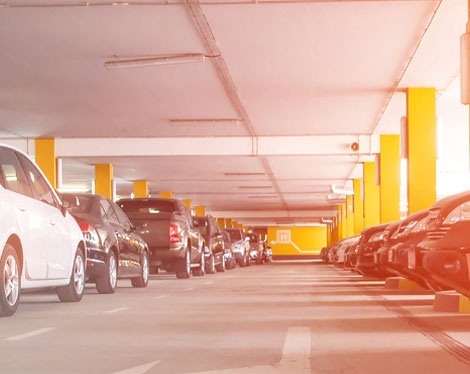
Meet and Greet
A driver will meet you at the terminal as part of a "Meet and Greet" airport parking service and transport your vehicle to a safe off-site location while you are away. The driver will bring your car back to the terminal so you can pick it up when you get there. Although it is the easiest option by far, it is also the most expensive. If this is the route you want to take, you can keep an eye out for discounts to make it a little less expensive.
Park and Ride
When using the park and ride service, you can park your car at a predetermined area and then ride a shuttle bus to the airport. When you get back, the shuttle bus will pick you up at the airport and drive you to your vehicle. This is frequently far from the airport, so keep that in mind when you travel.
On-Site Parking
On-site parking fulfils its purpose. They are garages or car parks that are situated inside the airport. Parking your car at the airport allows you to either walk or take a shuttle to the terminal. You can pick up your car from the same area when you get back.

Van hire
At Enjoy Travel, we recognize how crucial it is to have a reliable and spacious vehicle for your group outings or relocations. Because of this, we provide a wide range of vehicles at affordable costs. Using our website, you can filter through a range of van rental alternatives from a range of suppliers to discover the one that best meets your requirements.
We have a variety of vans available for rent, whether you need a smaller cargo van to move a few things or a large passenger van to fit a large group. No matter where you're going, you can quickly find and compare the ideal vehicle for your next adventure.
 Compare Van hire
Compare Van hire
Top cities for van hire
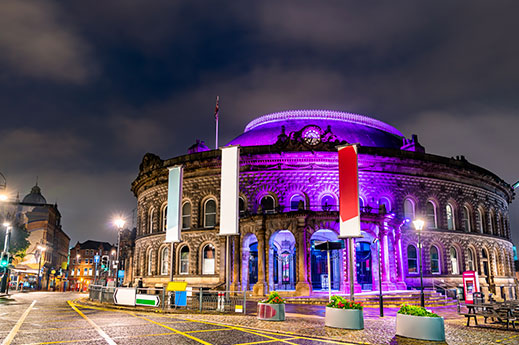
Leeds
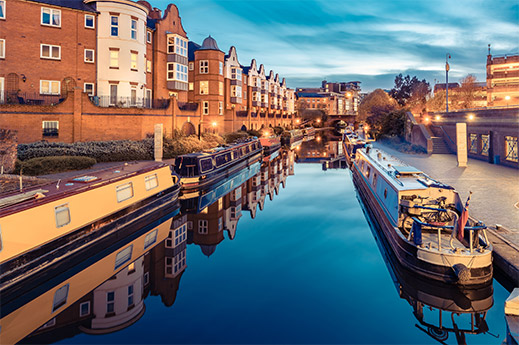
Birmingham
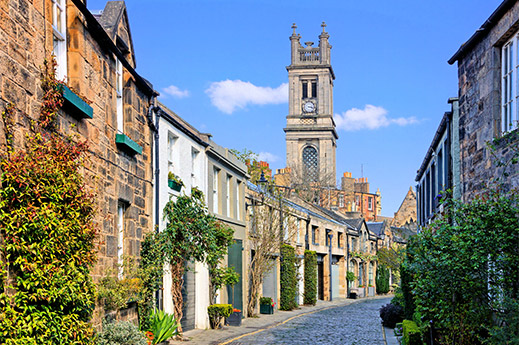
Edinburgh
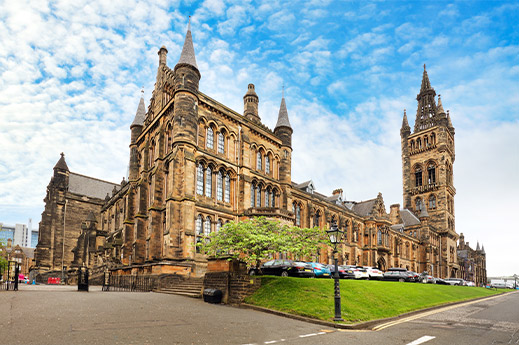
Glasgow
From our Big 7 Travel blog
FAQs
Enjoy FAQs
Car Hire FAQs
Frequently Asked Questions about Car Hire
Van Hire FAQs
Frequently Asked Questions about Van Hire
Airport Parking FAQs
Frequently Asked Questions about Airport Parking

 AU
AU  US
US  CA
CA  DE
DE  ES
ES  FR
FR  IT
IT  PT
PT  DA
DA  SV
SV  NL
NL  RO
RO  PL
PL  FI
FI  HU
HU  NB
NB  EL
EL  TR
TR  UK
UK  CS
CS 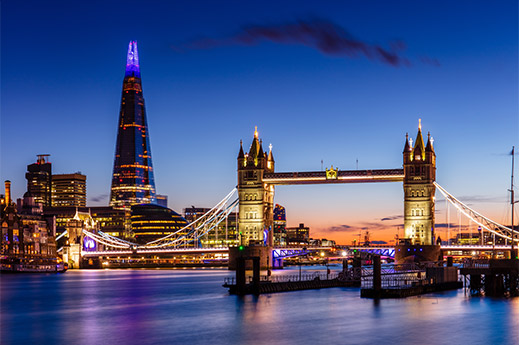
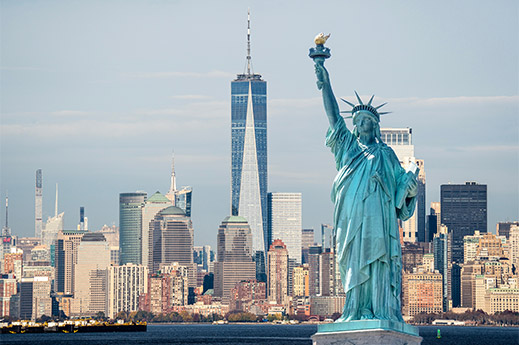
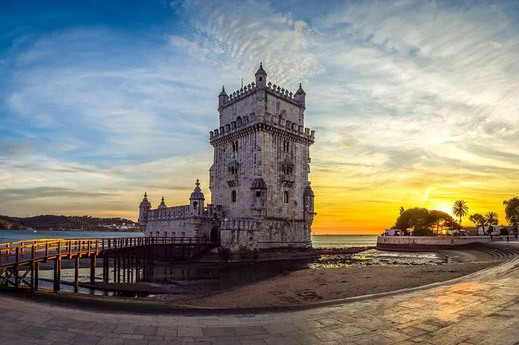
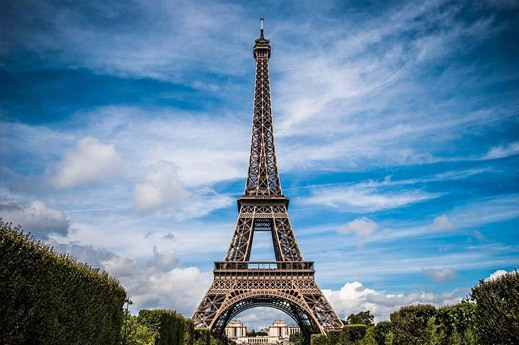
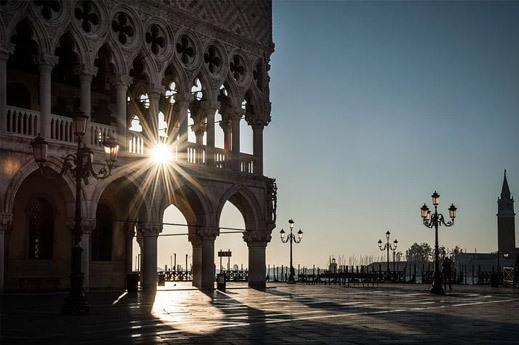
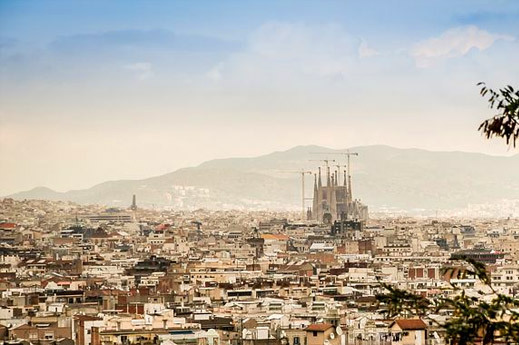
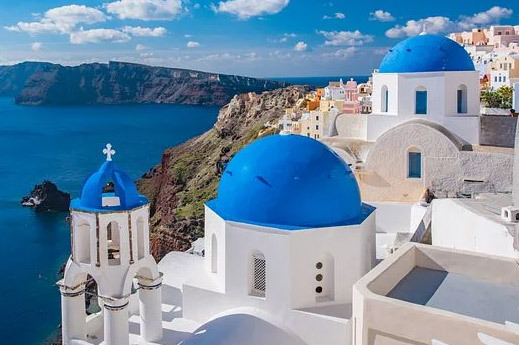
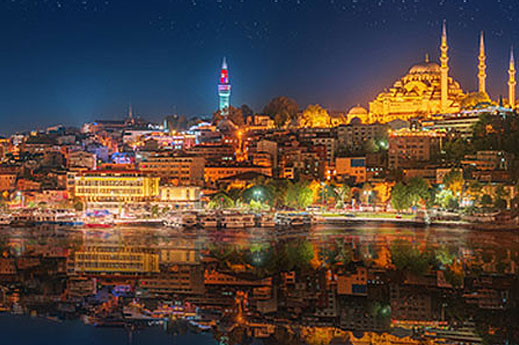
.jpg)
.jpg)
.jpg)
.jpg)
.jpg)
.jpg)
.jpg)
.jpg)